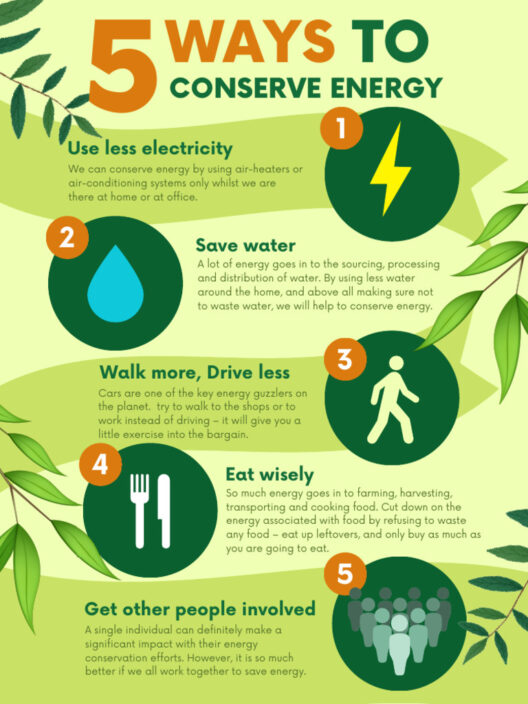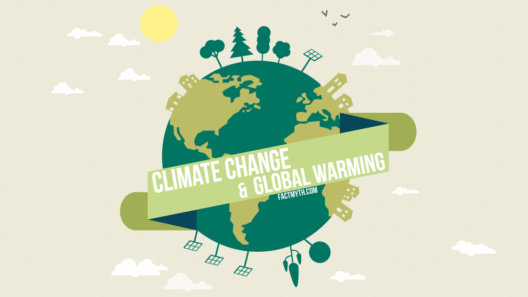The phenomenon of global warming has become one of the most pressing issues of our time. Understanding the myriad factors contributing to this environmental crisis is essential for addressing it effectively. This exploration delves into the primary drivers of climate change, outlining the causes and implications of an increasingly warming planet.
The principal driver of global warming lies in the accumulation of greenhouse gases in our atmosphere. These gases, including carbon dioxide (CO2), methane (CH4), and nitrous oxide (N2O), have been increasing at an alarming rate since the Industrial Revolution. This rise is primarily attributed to human activities.
Fossil fuel combustion is the chief culprit in the surge of CO2 levels. Power generation, transportation, and industrial processes are among the foremost sectors that rely on coal, oil, and natural gas, releasing vast amounts of carbon dioxide into the atmosphere. The burning of these fossil fuels is a significant contributor to climate change, as it alters the composition of our atmosphere, leading to the enhanced greenhouse effect.
Deforestation is another critical factor exacerbating global warming. Trees play an essential role in sequestering carbon, absorbing CO2 from the atmosphere and storing it in their biomass. When forests are cleared for agriculture, urban development, or logging, not only is this vital carbon sink removed, but the carbon stored in trees is also released back into the atmosphere. This dual impact of deforestation accelerates climate change, negating efforts to mitigate its effects.
The agricultural sector, particularly livestock farming, is responsible for significant methane emissions. Methane, having a global warming potential multiple times greater than that of CO2 over a short time frame, is produced during digestion in ruminant animals and from manure management. Additionally, rice cultivation contributes to methane emissions through anaerobic decomposition in flooded fields. The agricultural practices that support rising food production rates inadvertently contribute to the continuing ascendance of global temperatures.
Urbanization, another factor in the matrix of warming, alters land surfaces and can contribute to the urban heat island effect. As cities expand and vegetation is replaced with concrete and asphalt, temperatures can rise significantly compared to surrounding rural areas. This localized warming can exacerbate overall climate change impacts and increase energy consumption as air conditioning use spikes during hotter periods.
Furthermore, industrial processes beyond energy production contribute to greenhouse gas emissions. The production of concrete, metals, and chemicals releases substantial amounts of CO2. Chemical reactions required for manufacturing these materials often yield CO2 as a byproduct, implicating industrial activity as a significant contributor to the warming climate.
The energy sector is undergoing a transition, yet the reliance on fossil fuels continues to hinder progress. While renewable energy sources such as solar, wind, and hydroelectric power are increasing in popularity, they still represent a fraction of the global energy mix. As nations confront the dual challenges of energy demands and climate targets, a swift transition to cleaner energy sources is essential.
The implications of continued global warming are profound and far-reaching. Rising temperatures have been linked to more severe weather events, including hurricanes, droughts, and floods. Temperature fluctuations also affect agricultural productivity and food security. As climates change, traditional farming methods may no longer be viable, jeopardizing food systems in various regions.
Moreover, global warming contributes to environmental destruction. Glaciers and polar ice caps are melting at unprecedented rates, leading to rising sea levels. Coastal cities face existential threats as inundation becomes increasingly likely, forcing relocation and altering ecosystems. Additionally, warming oceans disrupt marine life, leading to habitat loss and declining fish populations, critically impacting global fisheries.
To address the primary drivers of climate change, comprehensive policies encompassing emission reductions, conservation efforts, and sustainable practices must be developed and implemented. Transitioning to renewable energy, promoting energy efficiency, and fostering reforestation efforts are cornerstone initiatives in combating global warming.
Public awareness and education play vital roles in fostering an understanding of climate change. Grassroots movements advocating for sustainability and accountability from policymakers are instrumental in creating pressure for change. The science is clear—individual and collective actions can make a difference, from reducing fossil fuel consumption to supporting sustainable practices in our everyday lives.
In conclusion, the discourse surrounding global warming necessitates an examination of its main drivers, including fossil fuel use, deforestation, industrial emissions, methane from agriculture, and urbanization. Recognizing these elements allows for a more comprehensive understanding of climate change and underscores the urgency for decisive action. With concerted efforts toward mitigation strategies, it is still possible to steer the planet toward a more sustainable future.








